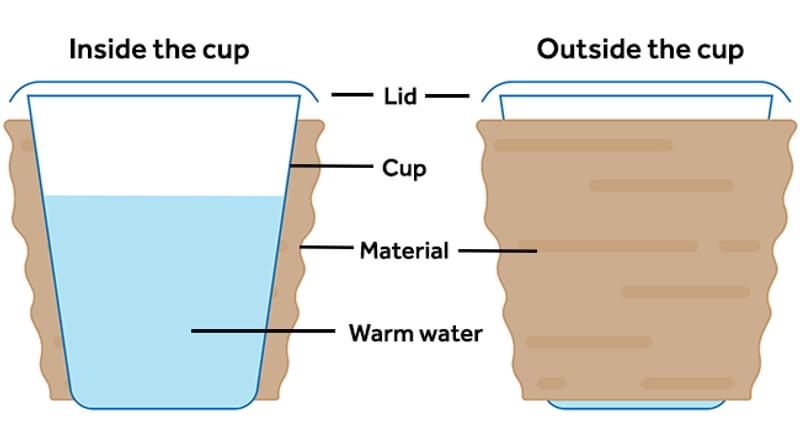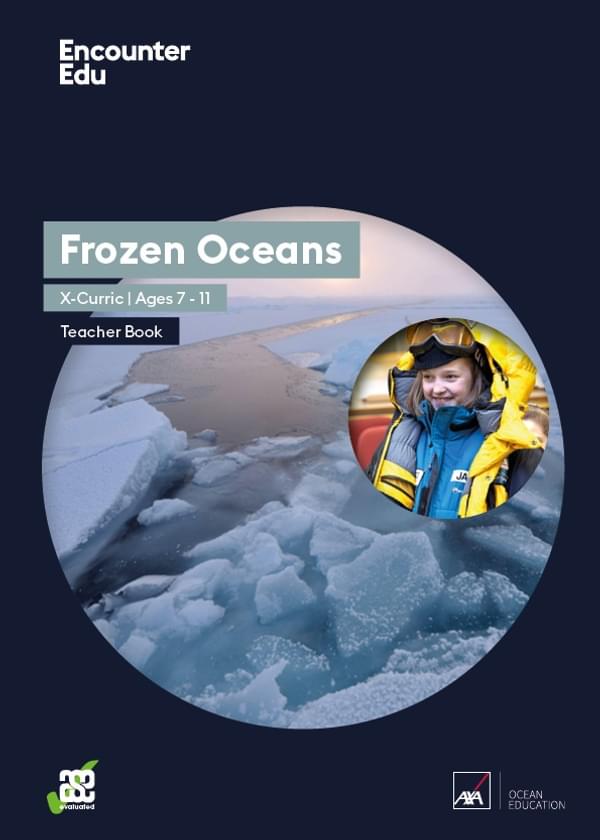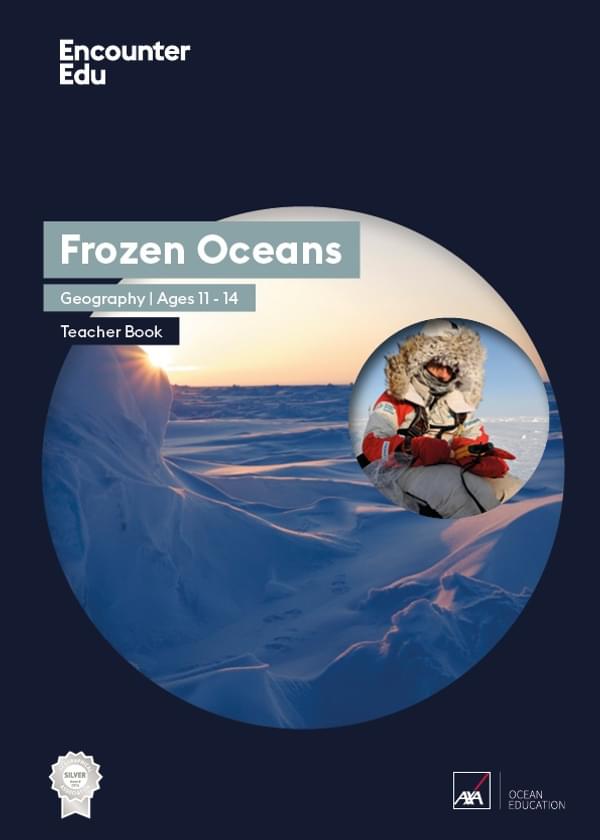Keeping warm investigation
Surviving in the extreme conditions of the Polar Regions is very hard and explorers need a lot of kit to survive. One of the most important properties they are looking for in materials is insulation. In this activity, you will investigate different materials and see how good they are as insulators.
Ages 10+
(adult supervision)
25 minutes
Part of:
AXA Ocean EducationIn this activity, you will need to choose three different materials and test their insulating properties. The material with the best insulating properties will be most suited to polar exploration.
The items that might be hardest to find in the home environment are heat resistant cups. If you cannot find three suitable containers, try to find at least one and repeat the investigation using the same container and different materials. A glass jar could be used but be careful when handling this.

Activity steps
- Half fill your three cups with warm water (no warmer than 43°C or 110°F).
- Measure the temperatures and record these for each of the different materials on a separate piece of paper.
- Quickly and carefully put the lids on your cups and wrap each one in a different material using the elastic bands to keep the material in place.
- Place the cups in a cool environment, e.g. a fridge.
- Leave them for 15 minutes, use the stopwatch to time this.
- Collect your containers and unwrap them carefully.
- Measure the temperatures again and record these new temperatures for each of the different materials on your sheet of paper.
- Work out the difference between the temperatures before and after the experiment.
- The material that shows the lowest decrease is the one which is the best insulator.
Reflection
- Can you guess or predict which material will keep the water warmest?
- Was your prediction correct?
- Would you choose this material for your next polar expedition? Explain why or why not.
Further ideas
The results will depend on the materials used, but expect ‘fluffy’ materials to be better insulators as they trap air.
You can also reflect on the process of the investigation and the idea of a fair test. When you conduct a test, you look at things that change. Scientists call these variables. In this test, you are changing the type of material. This is the input or independent variable. You will also be recording the temperature change. This is the output or dependent variable.
One of the important things in testing is to make sure that you are actually testing what you want to test. If you changed the weight of material you used for each jar, the size or shape of the jar, or how you wrapped it, you might be testing this instead of the insulating properties of the materials you chose.
All these different factors are called control variables and scientists try to keep them the same so that their results are more accurate. You can find out more about investigation skills with this Subject Update.
If you would like to teach a whole lesson about insulation in the Arctic, try How do humans and animals keep warm in the Arctic? suited for ages 7-11.
Safety guidance
- Do not use boiling water. The recommended safe limit is 43°C.
- Carry the containers with two hands, carefully observing the environment around you.
- Breaks should be reported to an adult immediately, instead of attempting to clear yourself.
- Where possible, use break safe thermometers.
- Use thermometers with an anti-roll cap. If this is not possible, use a cup to place the thermometers in, when they are not in use.
- Be mindful that if you use glass jars, you may need to use oven gloves to move the jars to the fridge.
Brought to you by


Cross-curricular | Ages 7-11
Frozen Oceans
Based on journeys undertaken by real explorers and scientists, the Frozen Oceans (Primary) education programme is designed to introduce students to what life is like in the High Arctic.

